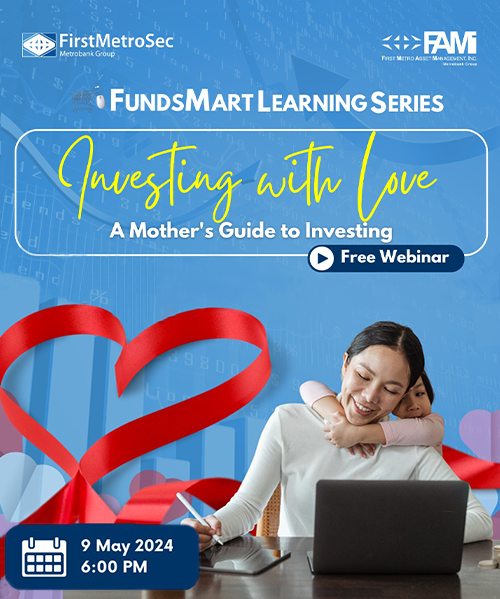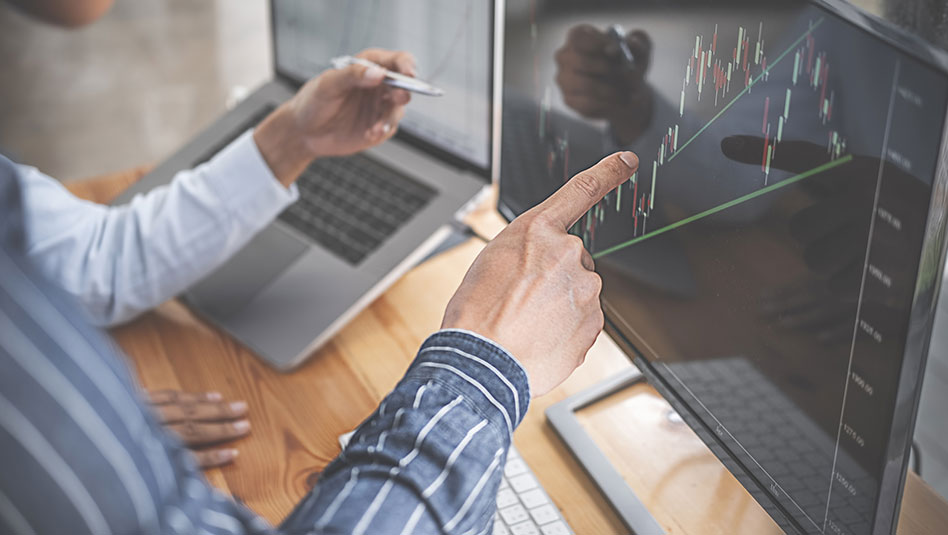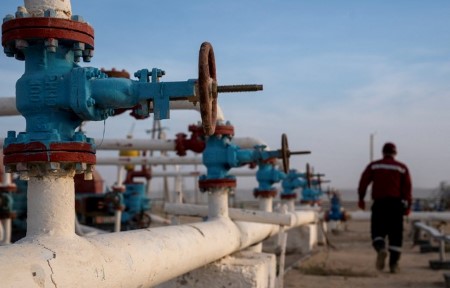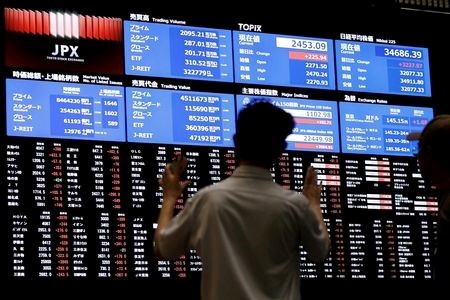LONDON – Hedge funds exited US tech and media stocks in the two weeks to February 21 at the fastest pace in six months, according to Goldman Sachs, just as Nvidia NVDA.O, one of the biggest tech firms by market capitalization, readies to report earnings.
Nvidia’s profit report this week is seen as a bellwether of the burgeoning artificial intelligence (AI) industry. The AI and graphics chipmaker is the world’s second most valuable company, with a 6.3% weight on the S&P 500, according to LSEG. Its shares have skyrocketed over 550% over the last two years.
Speculators “aggressively” dumped both long and short positions in AI-related equipment, media, and communications equipment companies, according to a note sent to Goldman Sachs clients on Friday.
A short position expects an asset price to fall while a long, or bullish, position expects it to rise.
Stock hedge funds, which usually mix long and short bets in their trading strategies, last week lost money on their short wagers but made money on the parts of their portfolios holding long bets, said the note.
While stock pickers finished the week flat, systematic traders returned 0.36% between February 14-20.
US stocks tumbled on Friday in the wake of gloomy economic reports. Some analysts and traders said that the expiration of options positions worth USD 2.7 trillion also added further pressure.
ASIA BULLS
Hedge funds also bought developed and emerging market Asia stocks at the quickest pace in five months, Goldman Sachs said, with Asia now the only region globally where the balance of hedge fund trades is long rather than short.
“China, Taiwan, and Hong Kong are by far the most net bought markets on our Prime book [year to date],” said the note.
About 8% of hedge fund portfolio positions hold the stock of companies in Asian developed markets, while net allocation to Asia’s emerging markets stands at 13.3%, the note said, among the highest levels for both in the past year.
(Reporting by Nell Mackenzie; Editing by Dhara Ranasinghe and Rachna Uppal)







 DOWNLOAD
DOWNLOAD













